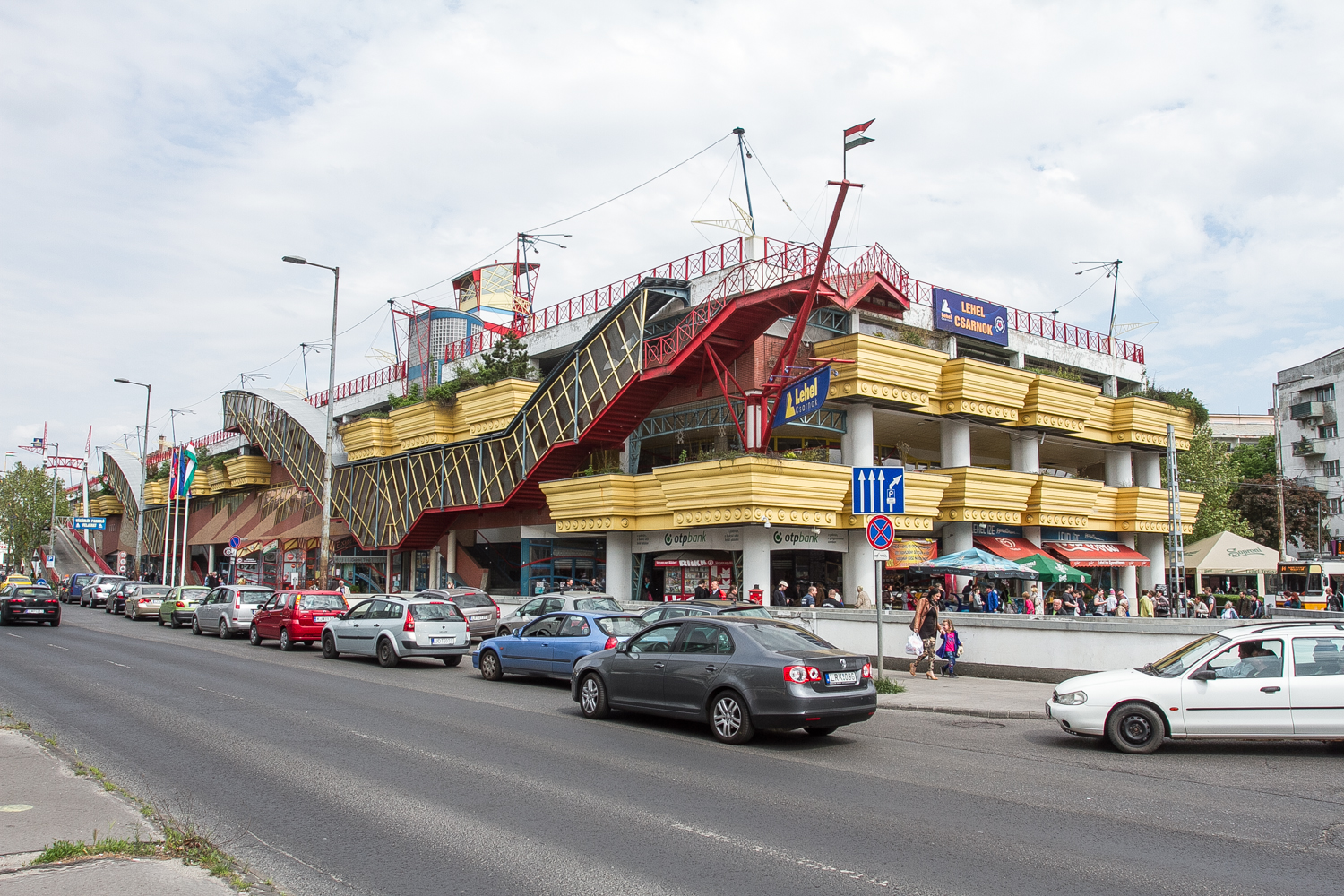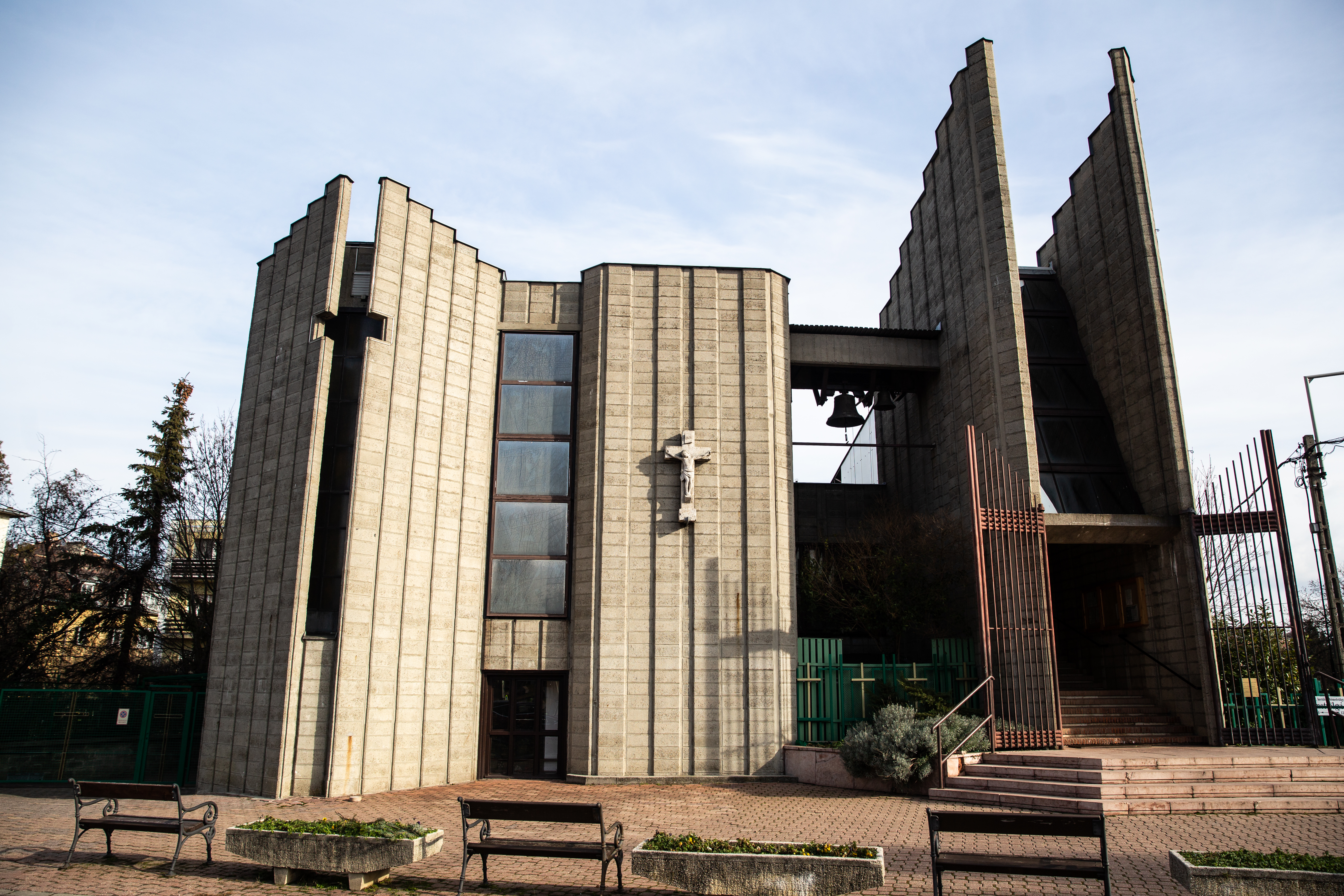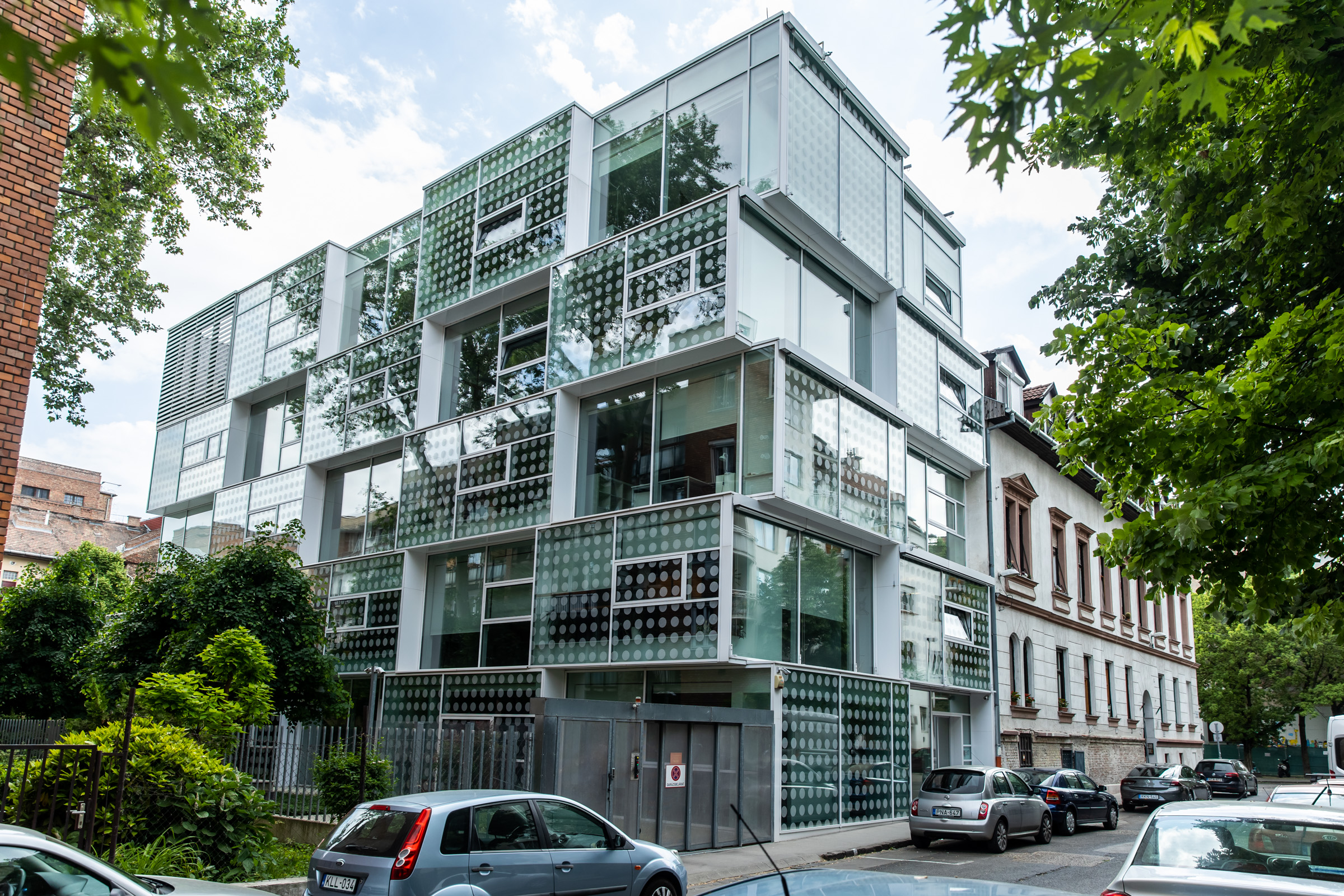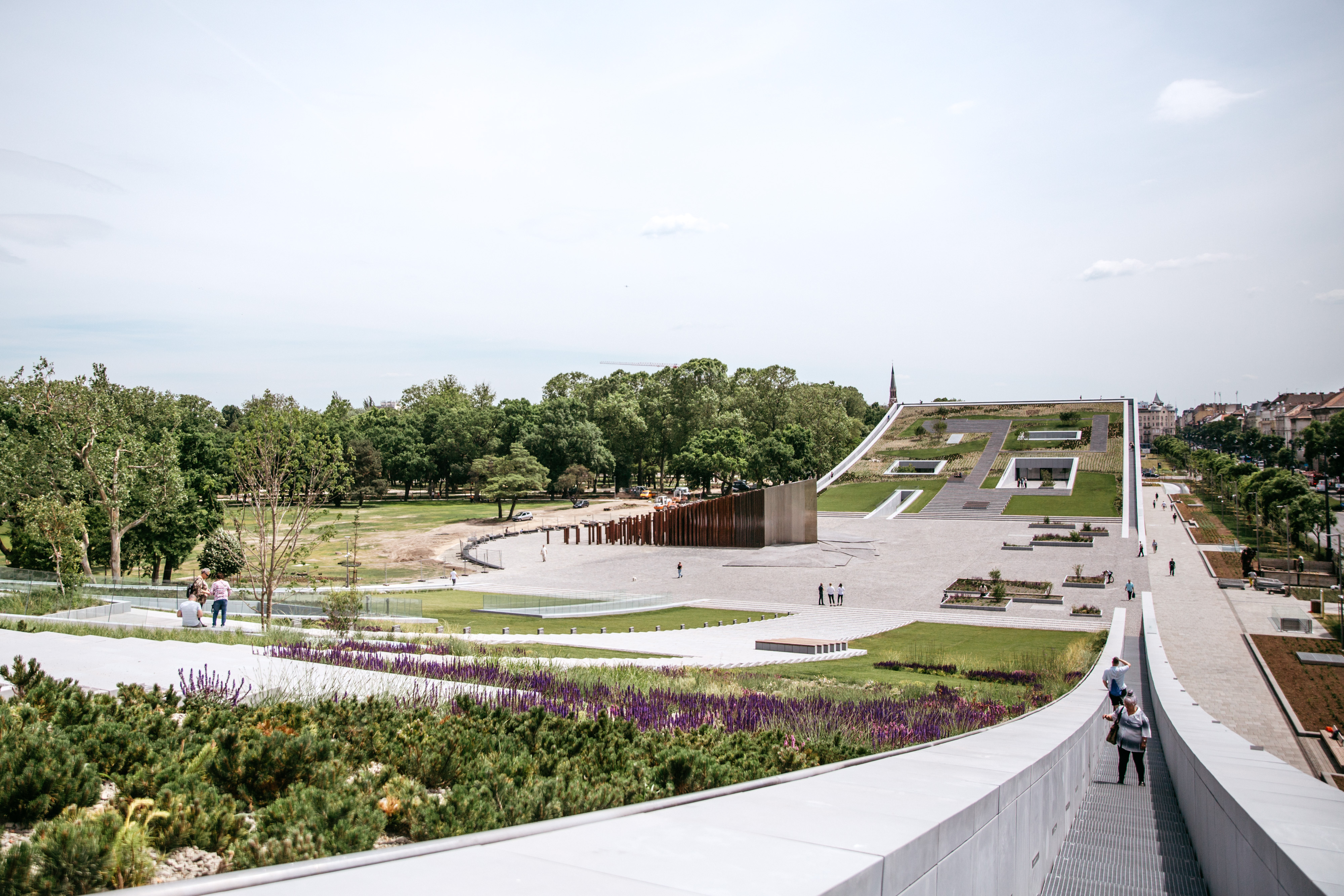3/5
Lehel Market Hall
Lehel Market Hall was designed by László Rajk, radical
son of the Communist minister who was executed after a show trial in 1949. A political
activist during the 1980s, his offspring of the same
name was a trained architect responsible for a number of memorials and museums.
The strangest, and probably the most bizarre building in all Budapest, is Lehel
Market Hall. It’s not clear whether he meant it as a joke – certainly,
when it was built, in the early 2000s, Rajk’s great pal Gábor Demszky was still
mayor of the city, and would have signed off on it. On the site of the original
Lehel tér market, it features a steel frame in honour of its predecessor. The
plants at the tops of the columns refer to the sycamore trees that once stood here.
The incongruous mix of colours, shapes and materials is actually a beautiful
example of Hungarian postmodern architecture, although most locals see it as messy
kitsch. Its nickname of Kofahajó is a marriage of two concepts: a kofa was an old
peasant woman who would bark to everyone within earshot about the quality and
affordability of her wares, often getting into slanging matches with her equally
loud rivals. A hajó is a ship, this therefore being a vessel full of shouty peasant
women. Rajk also made his name in set designs, working on Hungary’s most recent
Oscar winner, Son of Saul.
4/5
Museum of Ethnography
It can be said that
the newly opened Museum of Ethnography is more like a giant skateboard park rather than a
museum or even entrance to City Park, partly why it was created. But instead of just skateboarders, there are plants and people on top. The
building, designed by Marcel Ferencz, looks cool, with the huge added advantage is that you can now walk onto a roof garden instead of the former concrete car park. Anyone interested in what’s actually behind the metal lattice façade will be able to take a stroll inside, and see
the Ceramics Space exhibition for free. For more details, see our recent feature.








